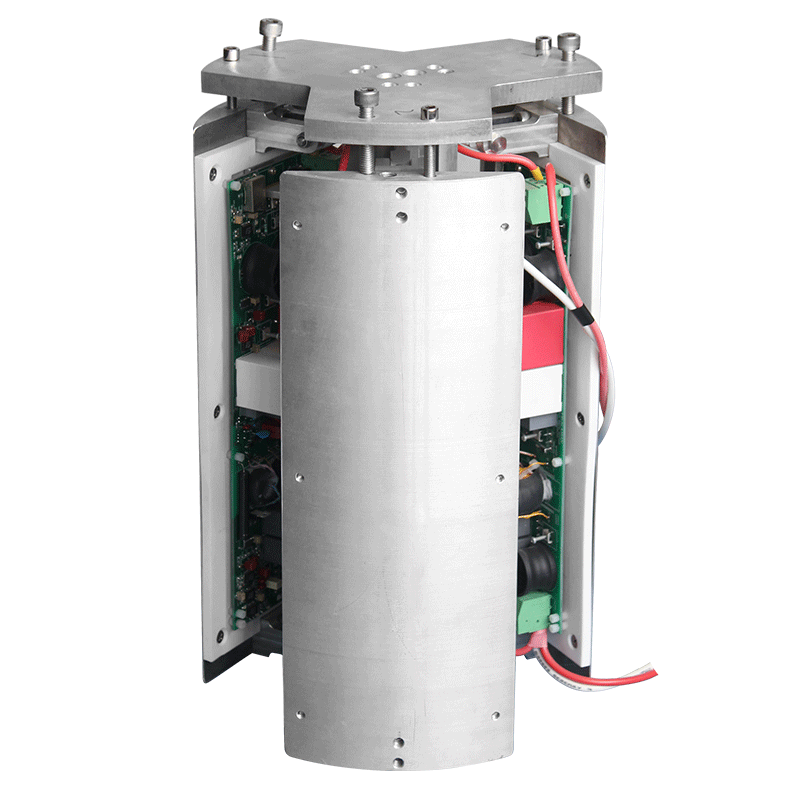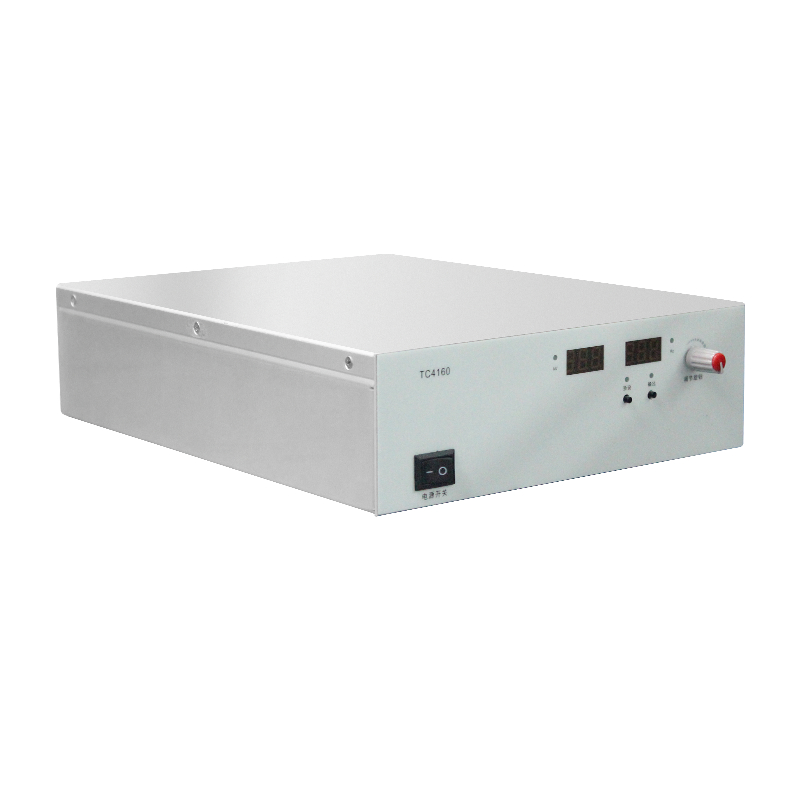Key Technologies of HVDC Power Supplies in High Voltage Testing
Introduction
As the core component of high voltage test equipment, HVDC power supplies critically influence the accuracy and reliability of electrical equipment insulation evaluation. With the development of UHV transmission technology, more stringent requirements have been placed on DC withstand voltage testing. This paper systematically analyzes key technical challenges in insulation testing and partial discharge detection applications, while exploring cutting-edge solutions.
1. Typical Application Scenarios
1. DC Withstand Voltage Testing
For factory tests on cables and GIS equipment, DC voltages of 1.5-3 times rated value are required. Traditional solutions using power-frequency test transformers with rectifier circuits exhibit high ripple (>3%) and bulky size. Modern HVDC power supplies employing high-frequency switching technology can control ripple below 0.5% while reducing weight by 60%.
2. Partial Discharge Detection
When using 0.1-50Hz VLF power supplies, output voltage harmonic distortion must be <1% to avoid interference with PD signal extraction. Field tests show that three-level inverter topologies can reduce THD to 0.3%, significantly improving SNR.
3. Dielectric Material Testing
Polymer insulation testing requires 0-100kV continuously adjustable supplies with voltage stability better than 0.05%/h. Digital closed-loop control with temperature compensation limits 8-hour drift to within 40ppm.
2. Key Technical Challenges
1. High-Power Stable Output
500kV+ test supplies must deliver 100mA continuous output. Traditional multi-stage series solutions face voltage balancing issues. Novel modular designs with dynamic balancing algorithms achieve <0.1% voltage deviation between modules.
2. Fast Transient Response
GIS testing requires voltage establishment within 5ms (<1% overshoot). SiC-based resonant conversion technology with feedforward compensation achieves 2ms voltage ramp-up.
3. Intelligent Protection
Output must be cut within 10μs during sample breakdown. Hybrid protection circuits combining mechanical (8ms) and solid-state switches (1μs) effectively limit discharge energy below 5J.
3. Performance Optimization Approaches
1. Digital Control Upgrade
FPGA-based 100ns closed-loop control with adaptive PID algorithms dynamically adjusts switching frequency (20-100kHz) for optimal efficiency.
2. Advanced Power Devices
GaN HEMT devices reduce switching losses by 70%, enabling 500kHz operation and significantly shrinking passive component size.
3. Smart Monitoring Systems
Integrated multi-sensor systems (infrared thermography, ultrasonic PD detection) enable real-time condition assessment and fault prediction.
4. Emerging Development Trends
1. Digital Twin Technology
Coupling power supply-test object models for virtual testing reduces physical tests by over 30%.
2. Wide-Range Output
Developing 50-600kV adaptive supplies with reconfigurable topologies achieves >92% full-range efficiency.
3. Quantum Voltage Standard
Josephson junction array-based calibration systems reduce voltage measurement uncertainty to 0.1ppm.
Conclusion
Technological innovation in HVDC power supplies is crucial for improving high voltage testing quality. Future breakthroughs in wide-bandgap devices, intelligent control algorithms and multi-physics simulation will meet increasingly stringent testing requirements for new power equipment. Experimental data demonstrates that novel topology and control strategies can improve testing accuracy by over 50%, providing more reliable detection methods for smart grid construction.




















